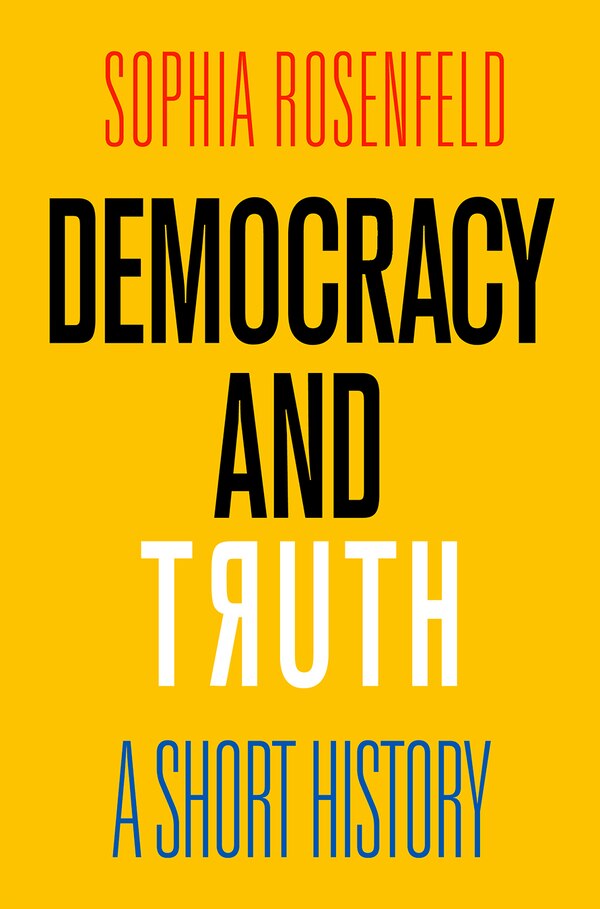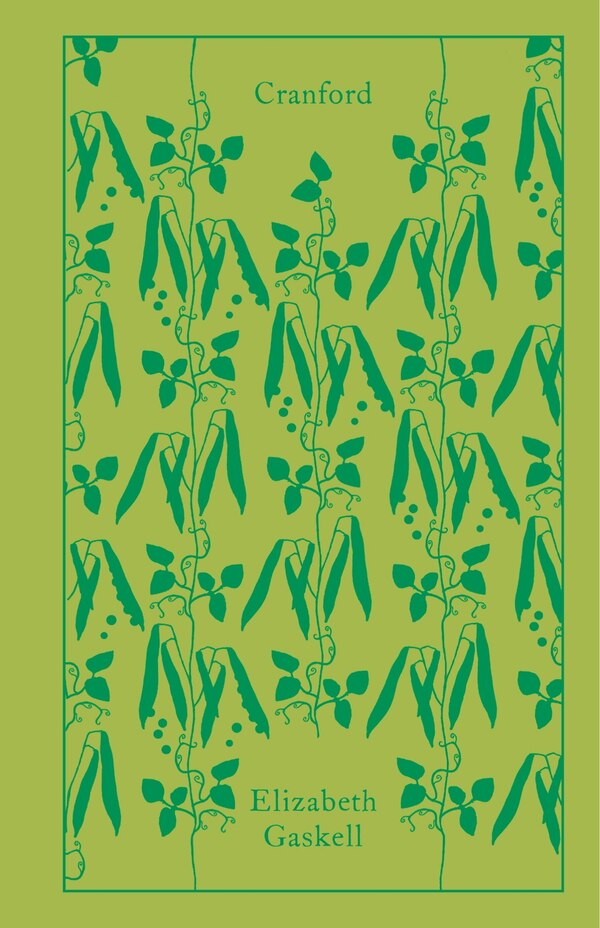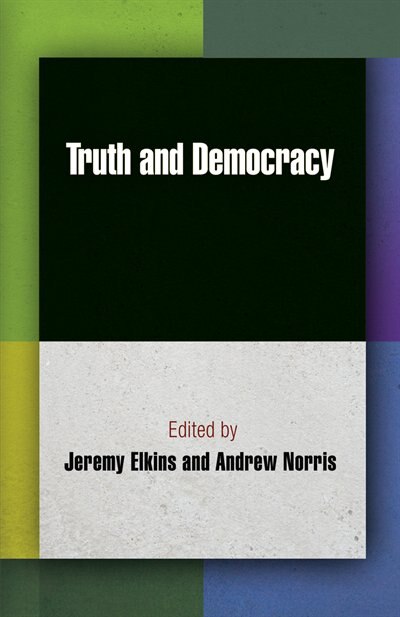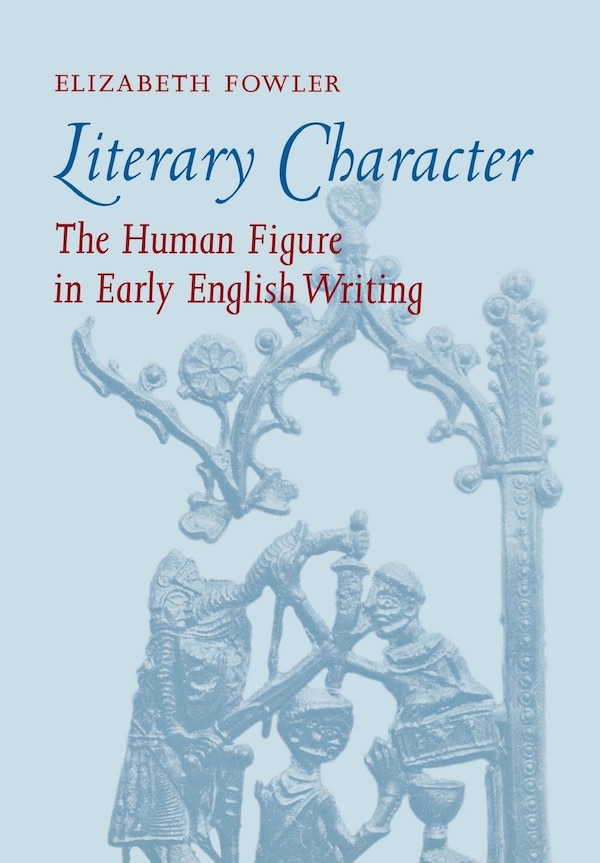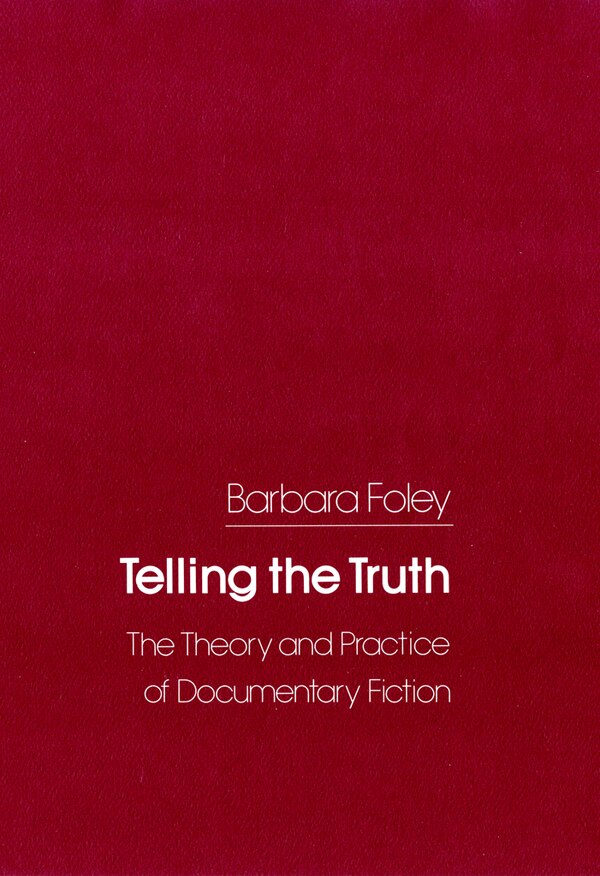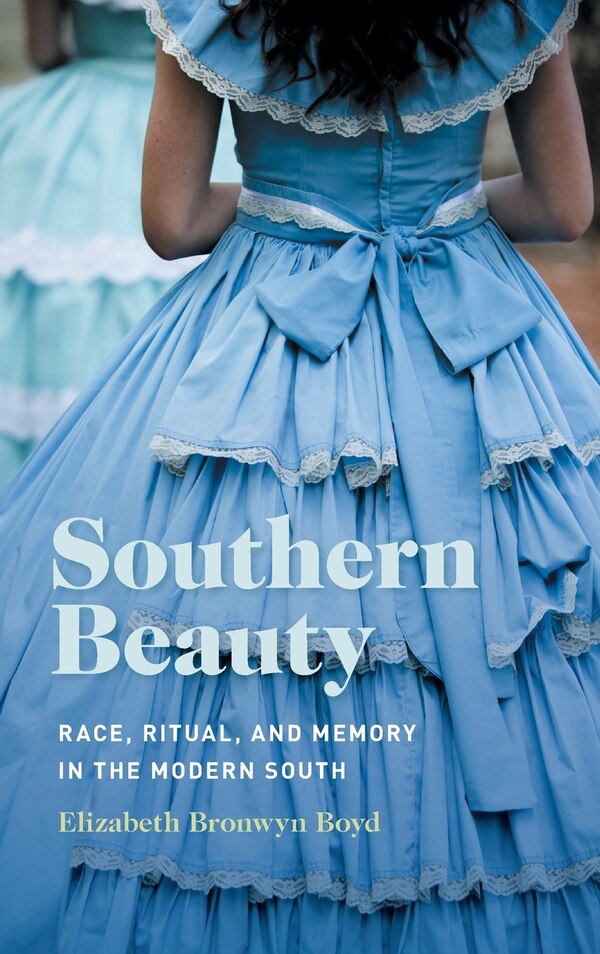
Give the Gift of Choice!
Too many options? Treat your friends and family to their favourite stores with a Bayshore Shopping Centre gift card, redeemable at participating retailers throughout the centre. Click below to purchase yours today!Purchase HereHome
Manufacturing Truth by Elizabeth Astrid Papazian, Paper over Board | Indigo Chapters
Coles
Loading Inventory...
Manufacturing Truth by Elizabeth Astrid Papazian, Paper over Board | Indigo Chapters in Ottawa, ON
From Elizabeth Astrid Papazian
Current price: $60.95

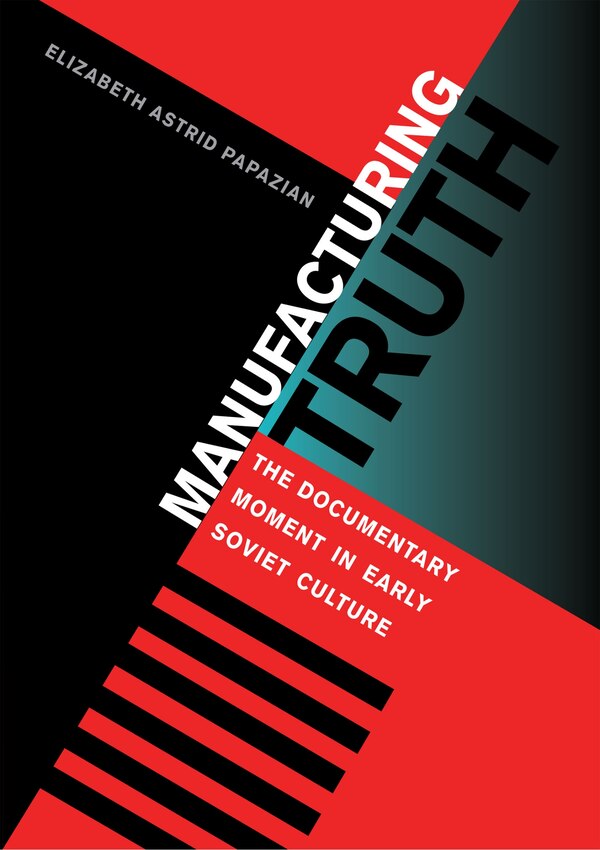
From Elizabeth Astrid Papazian
Manufacturing Truth by Elizabeth Astrid Papazian, Paper over Board | Indigo Chapters in Ottawa, ON
Current price: $60.95
Loading Inventory...
Size: 1.06 x 9 x 350
*Product information may vary - to confirm product availability, pricing, shipping and return information please contact Coles
The Bolshevik Revolution uprooted not only the social and political systems of the Russian Empire, but existing artistic institutions and traditions as well. Following the revolution, Soviet artists working in all different media had to respond to the urgent problem of how to make art relevant, even essential, to the revolutionary project undertaken by the Bolshevik Party. Focusing on the years 1921-1934, Manufacturing Truth explores the great upsurge in documentary methods and approaches in the arts and reveals how the documentary impulse influenced the development of Stalinist culture. Documentary approaches in literature and film became a central means for redefining the role of the artist, of art itself, and of the institution of art in the new post-revolutionary Soviet society. The documentary impulse offered theorists and practitioners from a wide variety of artistic factions an opportunity to make their art relevant to the revolutionary project. Participation in this trend was supported not only by the avant-garde, which initiated it, but by representatives of artistic movements across the political and stylistic spectrum, in a variety of media. In using documents and documentary methods, writers and filmmakers of the era imparted to their artistic work a kind of authenticity, conveying a sense that they were producing an objective record of a reality that was being rapidly and radically transformed. At the same time, through the act of recording the building of socialism they became participants in the process, thus responding to a perceived historical imperative. As Soviet artists struggled toward the objectivity of historical processes, however, the tension between the two competing aspects of the documentary impulse-its evidentiary quality (\u201cfact\u201d) and its discursive quality (\u201cartifact\u201d)-grew into a contradiction. The anxiety of Soviet authors to be relevant to the revolution led them to the near effacement of authorship itself. Papazian analyzes the works of Sergei Tretiakov, Dziga Vertov, Maxim Gorky, and Mikhail Zoshchenko to reveal how the documentary impulse defined each authorÆs individual artistic trajectory and led him inexorably to the socialist realist aesthetic. | Manufacturing Truth by Elizabeth Astrid Papazian, Paper over Board | Indigo Chapters
The Bolshevik Revolution uprooted not only the social and political systems of the Russian Empire, but existing artistic institutions and traditions as well. Following the revolution, Soviet artists working in all different media had to respond to the urgent problem of how to make art relevant, even essential, to the revolutionary project undertaken by the Bolshevik Party. Focusing on the years 1921-1934, Manufacturing Truth explores the great upsurge in documentary methods and approaches in the arts and reveals how the documentary impulse influenced the development of Stalinist culture. Documentary approaches in literature and film became a central means for redefining the role of the artist, of art itself, and of the institution of art in the new post-revolutionary Soviet society. The documentary impulse offered theorists and practitioners from a wide variety of artistic factions an opportunity to make their art relevant to the revolutionary project. Participation in this trend was supported not only by the avant-garde, which initiated it, but by representatives of artistic movements across the political and stylistic spectrum, in a variety of media. In using documents and documentary methods, writers and filmmakers of the era imparted to their artistic work a kind of authenticity, conveying a sense that they were producing an objective record of a reality that was being rapidly and radically transformed. At the same time, through the act of recording the building of socialism they became participants in the process, thus responding to a perceived historical imperative. As Soviet artists struggled toward the objectivity of historical processes, however, the tension between the two competing aspects of the documentary impulse-its evidentiary quality (\u201cfact\u201d) and its discursive quality (\u201cartifact\u201d)-grew into a contradiction. The anxiety of Soviet authors to be relevant to the revolution led them to the near effacement of authorship itself. Papazian analyzes the works of Sergei Tretiakov, Dziga Vertov, Maxim Gorky, and Mikhail Zoshchenko to reveal how the documentary impulse defined each authorÆs individual artistic trajectory and led him inexorably to the socialist realist aesthetic. | Manufacturing Truth by Elizabeth Astrid Papazian, Paper over Board | Indigo Chapters


